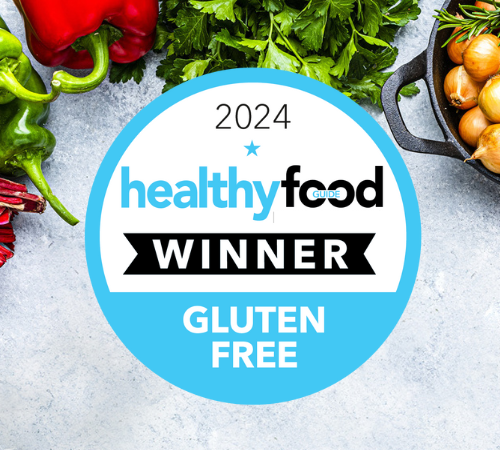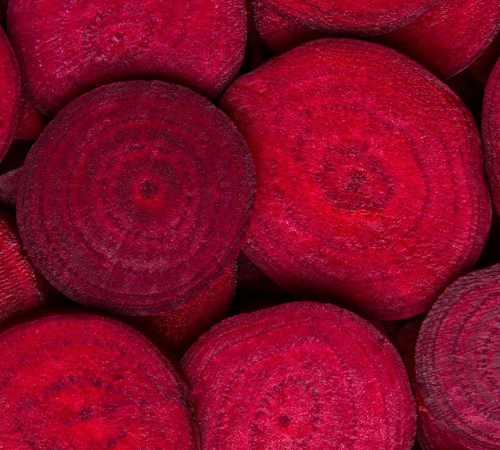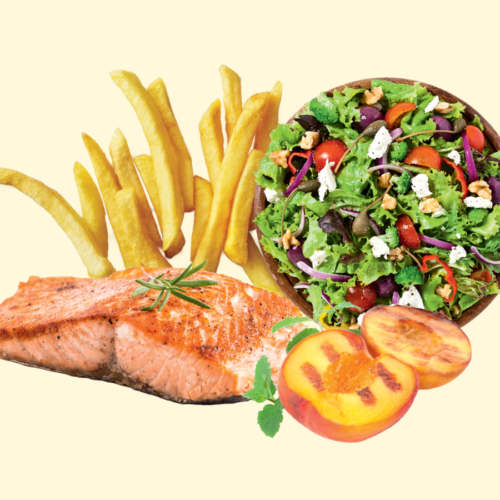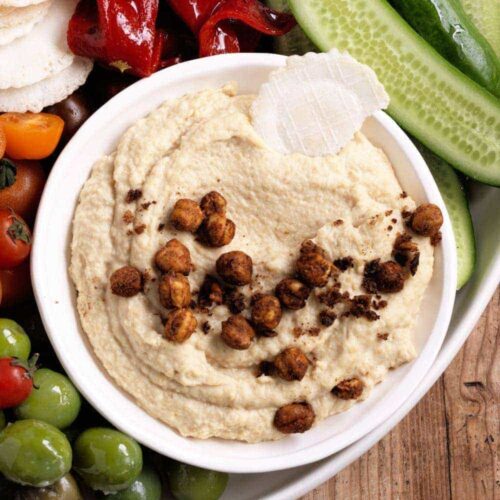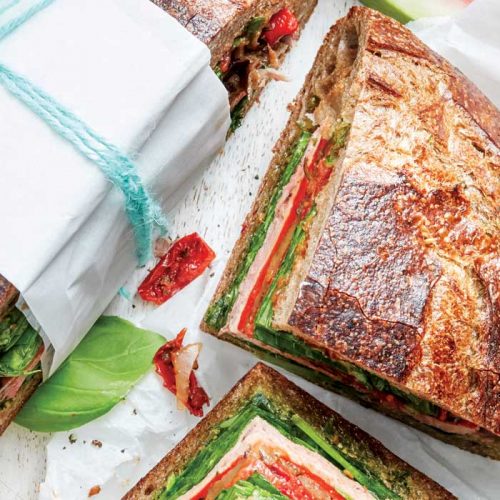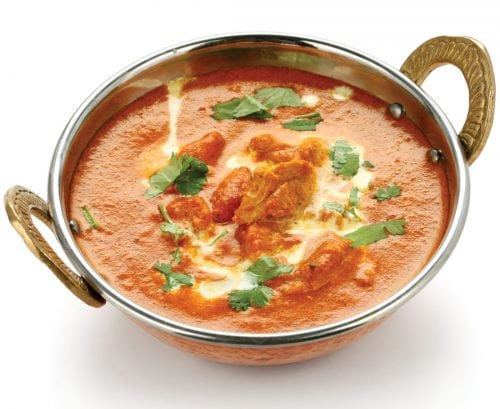
Quick and easy, with the flavour work done for you, stir-in sauces can cut your food prep time. Dietitian Katrina Pace highlights what to look out for.
Stir-in sauces are a great way to enjoy a wide variety of flavours from around the world. Whether you’re adding meat, fish, tofu, rice, pasta or noodles along with your vegetables, you’ll find rows and rows of sauces on the shelves of your supermarket.
Indian, Chinese and Italian are still the most common stir-in sauces, although we also found some that channelled the flavours of Morocco, Thailand, Japan and Texas.
A few things to look out for in a stir-in sauce include the saturated fat, sugar and sodium content. Sauce is only one component of the meal, so the overall nutrition is very dependent on what you’re adding to it. Using lean meat, fish, tofu or beans adds protein, and little to no saturated fat to your meal. Plenty of veges will increase the potassium content of your meal, which may lessen the impact of a higher-sodium sauce on your blood pressure, but still try to choose low-sodium varieties. Veges and beans also add fibre, which can help fill you up and your gut bacteria will love them as well.
Saturated fat
Cream, cheese and coconut-based sauces were the highest in saturated fat. In general, the tomato-based sauces were lowest in saturated fat. Too much saturated fat can increase our risk of heart disease. Watch out for the korma, Thai chilli and carbonara sauces.
We recommend choosing stir-in sauces that contain 3g or less saturated fat per serve.
Sodium
Asian sauces tended to be higher in sodium as they can contain high-sodium ingredients such as soy or teriyaki sauce. Some sauces contained up to 1500mg sodium per serve, that’s three-quarters of our maximum daily recommended intake.
We recommend choosing stir-in sauces that contain 400mg or less sodium per serve.
Sugar
Stir-in sauces can contain a surprising amount of sugar. Sweet and sour, sweet chilli and soy and honey flavours are the highest in sugar, containing up to 30g sugar per serve.
We recommend choosing stir-in sauces that contain 7g or less sugar per serve.
Some different sauces we found
The serving sizes of the stir-in sauces we looked at range from 25g up to 150g, depending on how they’re used. We’ve given recommendations on how to choose based on the serving size, to make it simpler to find the right one for you.
Use these criteria to compare stir-in sauces

Any product examples given here were correct at time of publication. However, remember to check the ingredients and nutrition information every so often, as these can change over time. Prices gathered from a range of supermarkets and may vary at time of publication.

Butter Chicken
Cost $4.99 per 250g pouch (10 serves)
Per serve: 144kJ, 0.4g sat fat, 215mg sodium, 2g sugar,
$0.50
Really yum. Very smooth with a delicious tang.

Madras
Cost $4.79 per 450g bottle (4 serves)
Per serve: 400kJ, 0.4g sat fat, 329mg sodium, 3.9g sugar,
$1.20
A nice balance of flavours with a spicy kick.

Kashmiri tikka Masala
Cost $5.59 per 255g pouch (4 serves)
Per serve: 251kJ, <1g sat fat, 370mg sodium, 2g sugar,
$1.40
A real authentic Indian flavour. You can taste the extra spice packet.

Honey & Soy
Cost $4.99 per 250g pouch (10 serves)
Per serve: 207kJ, 0.2g sat fat, 343mg sodium, 6.9g sugar,
$0.50
The balance of sweet and salty works well.

Sugo Semplice Grilled
Vegetables
Cost $4.49 per 400g jar (4 serves)
Per serve: 197kJ, <1g sat fat, 220mg sodium, 4.8g sugar,
$1.10
Thick and rich. You can taste the roasted capsicum.

tomato Chilli
Pasta Sauce Cost $4.99 per 330g jar (4 serves)
Per serve: 210kJ, 0.2g sat fat, 230mg sodium, 6.5g sugar,
$1.25
Delicious. The chilli gives a nice punch.

Finest authentic italian
Bolognese Pasta Sauce
Cost $4.99 per 285g jar (4 serves)
Per serve: 321kJ, 1.2g sat fat, 219mg sodium, 3.1g sugar,
$1.25
A really tasty, authentic flavour.

Malaysian Peanut Satay Stir-Fry Sauce
Cost $3.59 per 210g pouch (4 serves)
Per serve: 400kJ, 1.8g sat fat, 370mg sodium, 4.3g sugar,
$0.90
Thick, creamy and spicy. Delicious.
Article sources and references
- Centres for Disease Control and Prevention. 2018. The Role of Potassium and Sodium in Your Diet, cdc.govhttps://www.cdc.gov/salt/potassium.htm
www.healthyfood.com




